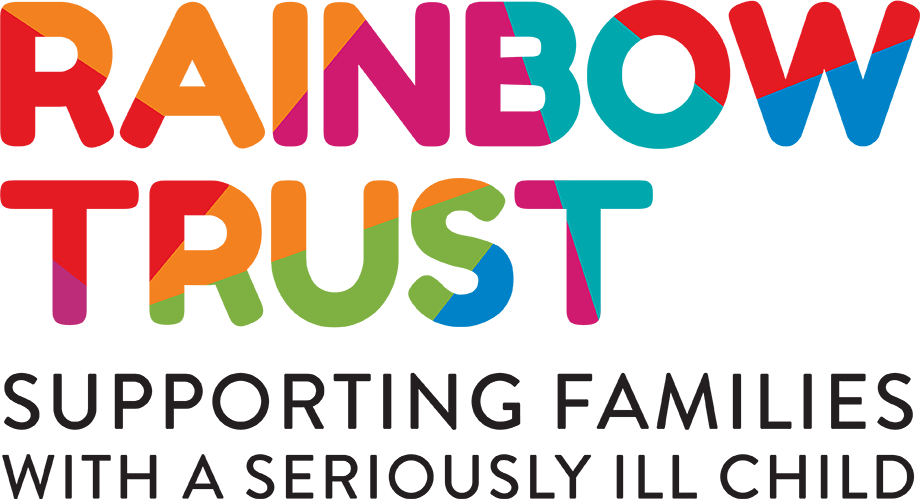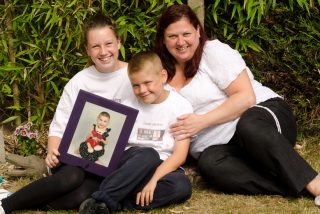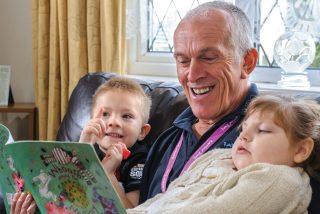Date published: 26 May 2015 by Anna Jackson
We have seen in past blogs how important social palliative care can be to a family’s well-being but it’s notoriously hard to measure the impact of our service and set meaningful outcomes that are measurable. How do you do this?
At Rainbow Trust we constantly strive to improve our service and make sure that we support families in a way that they want and need. Given that providing support to families is hard to quantify – how do you set meaningful outcomes that are measurable?
Our approach is very open. We listen carefully to a family’s needs and respond to them. We are non-judgemental and will do whatever it is to make a family’s life easier at what can be an unimaginably painful time for them. A family’s situation can change rapidly and again we need to be very responsive. Rainbow Trust provides the stability and normality in a time of chaos for a family.
“When your world is turned upside down with a child who is ill, you sometimes just need someone you can rely on – I have always been able to rely on Rainbow Trust’s support.” A Rainbow Trust mum
A couple of years ago we completed a pilot research project to find out from families what it was about Rainbow Trust’s service that they valued the most. What was it about our services that had the greatest impact for them? They told us that there are five key areas where Rainbow Trust makes the biggest difference to their lives:
- We improve the family’s ability to manage stress
- We maintain parents’/carers’ stability and confidence
- We enable families to spend quality time to together
- We improve the quality of children and young people’s lives
- We enable families to keep communicating through loss and bereavement.
So with these broad ‘family-defined’ outcomes identified we could then measure against them. We do this at the initial assessment, at six months and when we finish working with the family we check in again. This enables us to quantify families’ perceptions of their situation and make a comparison over time.
What did we discover?
We discovered that it is possible to gather quantitative and qualitative data that tells a family’s story. It is possible to apply scientific rigour when assessing the impact of our service on families’ lives. Outcomes measurement using a combination of quantitative and qualitative information enriches our understanding of families’ experience of the service they receive. By enabling families to define what is important to them throughout the support we offer we can measure the qualitative information that describes their reality. We can use this information to continue to develop a flexible family-centered approach to our services and demonstrate the impact of our support.
‘If we hadn’t had the support of Rainbow Trust going through Chloe’s illness we would have lost the plot completely, without a doubt.” Karen, Chloe’s mother



